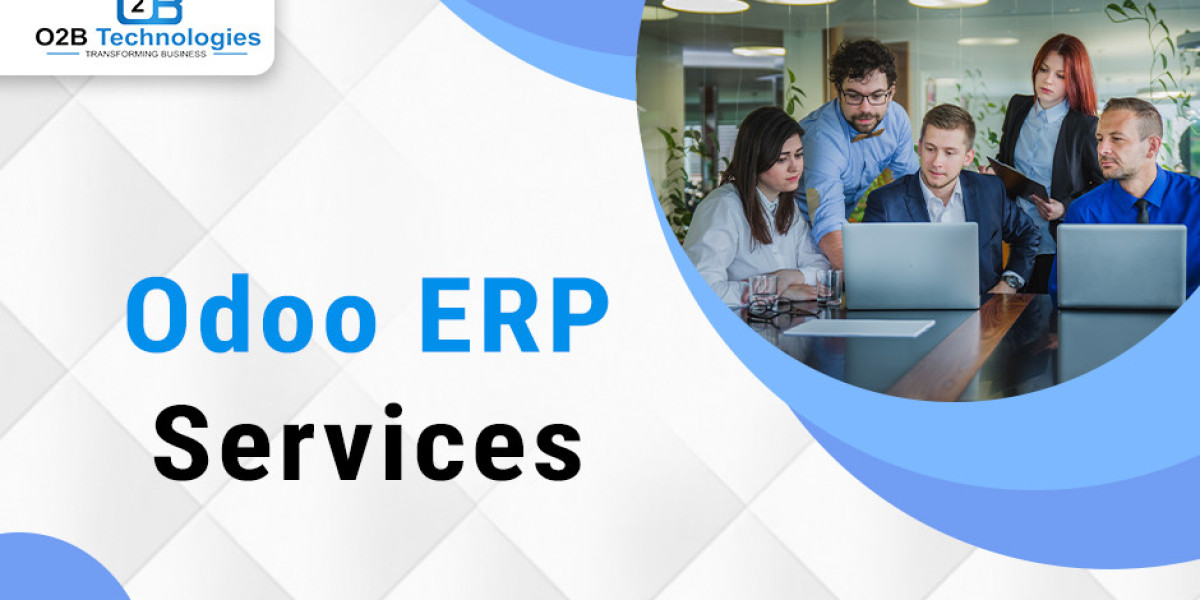Confused about the services that comes under the Odoo ERP, in this blog we will clear all of them in the most simplified version, we will read about the core components that are associated with the Odoo ERP services and how they help the users irrespective of their business venture.
- Odoo ERP Implementation Methodologies
The first in the list is the Odoo ERP implementation methodology, which means choosing the right implementation strategy that can help the user to minimize their chances of risks. The methodology do come in a few types, first one that we will discuss is the Big Bang approach that helps the user to replace their legacy systems entirely in one go and goes greatly if you belong to a small scale business and have a straightforward workflows but it is a risky one for the complex operations.
Phased implementation, is the one that breaks the projects into stages like the finance first, then the inventory, it allows the user to have a gradual adaptation. The modular rollouts on the other hand let the businesses deploy a specific module like the CRM or the manufacturing first, while the pilot implementations are mostly used by the individuals that are interested testing the systems in single departments before scaling.
- Customization Strategies for Industry as per their specific needs
Odoo comes as option that is created on the modular architecture it enables the user to have a customized configurations for sectors like healthcare helping with the patient management, retail works well on the multi-warehouse support, and manufacturing that helps with the MRP II integration.
There are many service providers that works on the custom app development to bridge out the functionality gaps and aligns the customizations in such a way that it helps the business to achieve their long-term goals and to avoid the redundant modifications.
As a tip is important to prioritize the core modules like sales, accounting, inventory before the niche add-ons and maintaining of the version control for custom code.
- Data Migration Best Practices
Data migration is a challenging process hence it is important to have an expert for this the works on a defined approach. Like identifying the duplicates, cleaning the unnecessary data or to validate the formats, map and align the legacy fields with the Odoo ERP software , and conduct the post-migration testing.
For large datasets, incremental migration in batches will surely prevent the system overload.
- Integration with Third-Party Systems
APIs enable the seamless connections with different payment gateways like Stripe, PayPal, e-commerce platforms like Shopify, WooCommerce, and the legacy databases. Some Odoo partners uses the middleware layers to harmonize the data formats between the ERP software Odoo and the proprietary systems. The integration is done to have a larger number of clients and to ease out the process for them, it also eliminates the confusion and performs the task under a single platform.
- Post-Implementation Support Models
It offers an update management services as to handle the Odoo version upgrades and the different security patches. The Odoo partners helps to identify the performance bottlenecks, like the unindexed database fields that can cause a week and slow report generation. Post-implementation support models are one of the essential components in maintaining the functionality and increase the effectiveness of the systems and processes after the initial deployment.
- Training Programs for User Adoption
The training programs are like the learning session for a successful user adoption into the new technologies and processes. There are a few components on which the training program should stand on as it should be comprehensive, customized to the user roles, and include the ongoing support and resources.
The key elements here include the clear communication of project goals and the benefits, engaging training methods (like gamification), and continuous backup of the new knowledge.
- Compliance and Security Configuration
Compliance and security configuration involve the establishment and maintenance of the systems and the controls to ensure an observance with the industry regulations, legal requirements, and the internal security policies.
- Cost Optimization in Odoo Services
Cost optimization is a business-focused, that is continuous discipline to drive in such a way that the spending and the cost reduction, while maximizing the business value.
- Industry-Specific Odoo Solutions
It also an Odoo ERP service that is greatly appropriated by the users as they get the industry specific Odoo solution which works well on the specific pinpoints of the business in which they are lacking. The specific modules also eliminate the cost and the confusion within the system.
- Emerging Trends in Odoo Services
There are many emerging trends in the Odoo services like the AI-driven predictive analytics in Odoo 18 version, the forecast inventory needs using historical sales data. IoT integrations enable the real-time equipment that helps in monitoring manufacturing (e.g., the machine downtime alerts). Multi-company databases let the companies manage their subsidiaries through unified dashboards while also maintaining a separate ledger.
FAQ
How can we compare Odoo to the traditional ERP systems like SAP?
Odoo is one of the most used ERP systems as it is more affordable, modular, and faster to implement, like it takes weeks when compared to the traditional ERPs. It goes well with all the business sizes while also offering a scalable pricing, on the other hand the SAP/Oracle only caters the large enterprises with the complex needs.
What are the core steps for a successful Odoo implementation?
The key steps include defining of the business objectives, selecting of the Odoo modules, data migration, testing, and the extensive user training. Post-implementation support and iterative reviews also ensure the user to have a long-term success.
How long does an Odoo ERP implementation take?
On an average an Odoo expert takes 4–12 weeks (about 3 months), while the standard implementations with heavy customization can take up to 6–18 months (about 1 and a half years), depending on the factors like the business size and complexity.
What are the risks of choosing the Big Bang implementation method?
Big Bang implementation comes with the risks like the system has the wide disruptions if the errors occur. It demands an extensive resource and is also less flexible for the mid-project adjustments compared to the phased implementation approaches.






